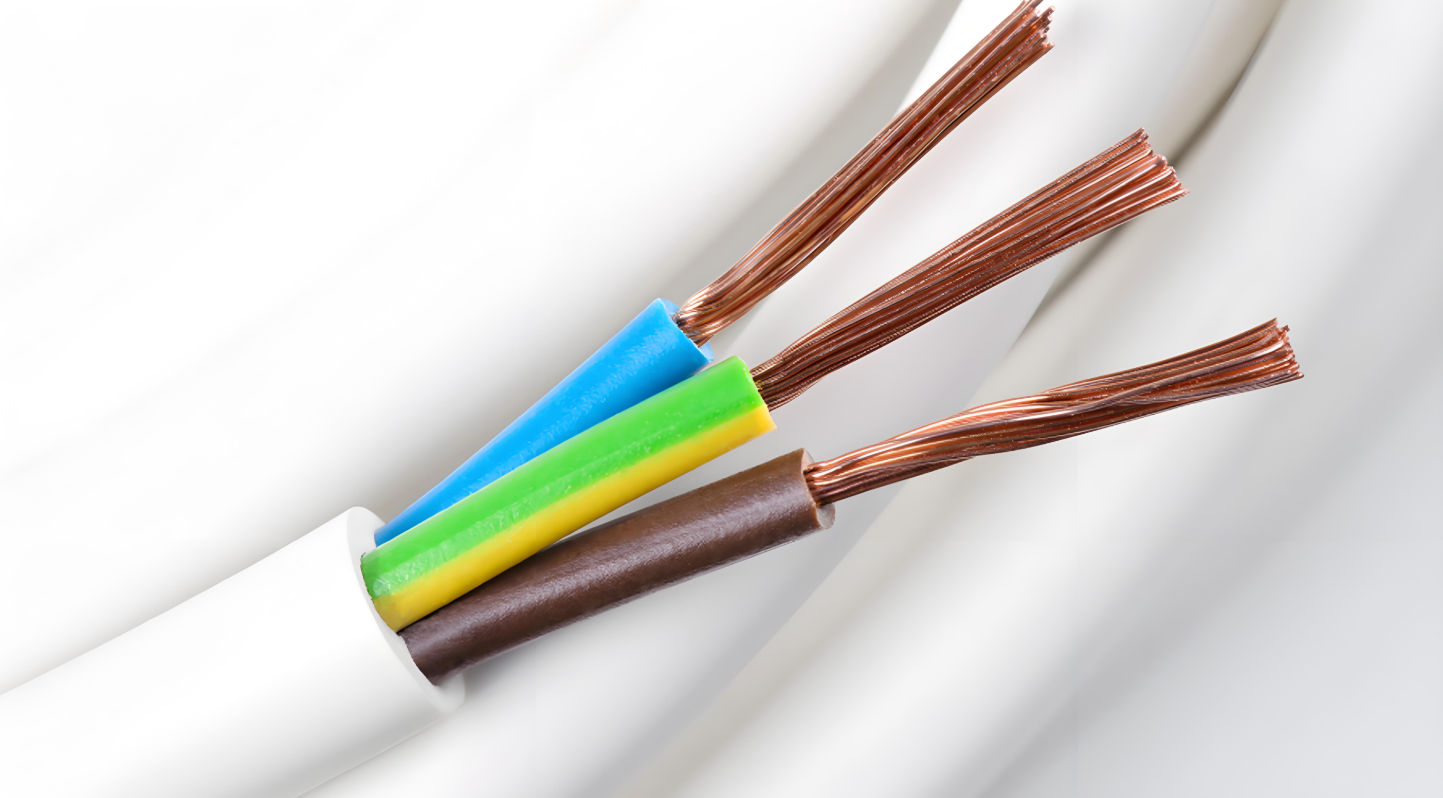
"Exploring the Benefits of RVV Wire: Your Go-To Multi-Core Flexible Cable"
2025-01-20
RVV wire is a common multi-core flexible wire commonly used for electrical signal transmission and power supply. Its full name is Rubber Insulated PVC Sheathed Flexible Cable, but this designation can vary depending on the region or manufacturer. RVV wire is widely used in various occasions because of its good flexibility and durability.
The composition of RVV wire
Conductor: The conductor of the RVV wire is generally composed of multiple strands of thin copper wire, which can increase the flexibility of the wire and facilitate bending and installation. The cross-sectional area of a conductor determines the maximum current a wire can carry.
Insulation: Each conductor is coated with an insulating material, usually rubber or polyvinyl chloride (PVC). The function of this insulating material is to prevent current leakage, ensure the safe operation of the circuit, and protect the conductor from the external environment.
Shielding (optional) : In some special applications, RVV wires may contain shielding to reduce the impact of electromagnetic interference (EMI) on signal transmission. The shielding layer is usually made of metal foil or woven metal mesh.
Sheath: All conductors and possible shielding layer will have a layer of PVC sheath outside, which not only provides additional physical protection, but also has a certain fire, moisture, corrosion resistance, increase the service life of the wire.
Scope of application of RVV wire
Home and commercial buildings: RVV wiring is commonly used for indoor fixed wiring, such as inside walls, under ceilings and floors, for lighting, outlet and other electrical equipment connections.
Mechanical equipment: Due to its good flexibility, RVV wires are suitable for use as power cables or control wires in mobile machinery and automation equipment.
Security system: The RVV wire can be used for the installation of security devices such as alarm systems and surveillance cameras.
Communication and network: Although RVV wires are mainly used for power transmission, they can also be used for low-frequency signal transmission in some cases, such as telephone lines, doorbell lines, etc.
Outdoor use: For application scenarios that need to withstand certain environmental tests, such as outdoor lighting, temporary construction sites, etc., RVV wire is also suitable, but it is necessary to choose products with waterproof and ultraviolet protection characteristics.
It should be noted that there are many specific specifications and models of RVV wires, and users should choose the right products according to actual needs. In addition, make sure the wires meet local safety standards and regulatory requirements when purchasing.
Selecting the right RVV wire requires consideration of a number of factors, including but not limited to the application environment, current load, installation method, and safety standards. Here are the key points to consider when choosing RVV wires:
1. Determine where to use it
· Indoor/outdoor: If it is used outdoors, you should choose RVV wires with waterproof and UV protection.
· Fixed installation/mobile equipment: For equipment that moves frequently, such as robots, movable tools, etc., choose RVV wires that are more flexible and resistant to wear.
2. Calculate the current load
· Power requirement: The cross-sectional area of the conductor is determined by calculating the maximum current required from the total power of the connected devices. In general, a larger cross-sectional area can carry a larger current.
· Length effect: The longer the wire, the greater the resistance, resulting in a greater voltage drop. Therefore, for longer distance wiring, it may be necessary to select a wire with a larger cross-sectional area to reduce voltage loss.
3. Consider the operating voltage
·RVV wires have different voltage ratings. Ensure that the rated voltage of the selected wire is higher than or equal to the actual voltage used.
4. Temperature range
· Considering the operating temperature of the wire, select RVV wire that can work stably within the expected temperature range. High temperature environments may require specially designed high temperature resistant wires.
5. Anti-interference requirements
· If the wire is used for signal transmission, especially in the presence of electromagnetic interference (EMI) environment, RVVP (P stands for shielding) wire should be selected with a shielding layer to ensure signal quality.
6. Physical protection
·Opt for thicker sheathing or extra mechanical protection where mechanical damage is likely, such as through walls or the ground, or where heavy objects pass through.
7. Meet standards
· Ensure that the selected RVV wire complies with local electrical standards and regulations, such as GB/T standard in China, CE standard in the EU, etc. This is not only for the performance of the product, but also to ensure safe use.
8. Cost-effectiveness
· On the premise of meeting all technical requirements, compare the prices of different brands and suppliers, and choose the most cost-effective products. Don't make a decision based solely on price and ignore quality and safety.
9. Consult a professional
· If you are not sure how to choose, or if the project involves a complex electrical system, it is best to consult the professional advice of an electrician or electrical engineer. They can provide more accurate recommendations based on specific application scenarios.
Quick Quote
* Note: Please be sure to fill in the information accurately and keep the communication open. We will get in touch with you as soon as possible

Copyright © 2023 Shandong Zhongmai Cable Co., Ltd


